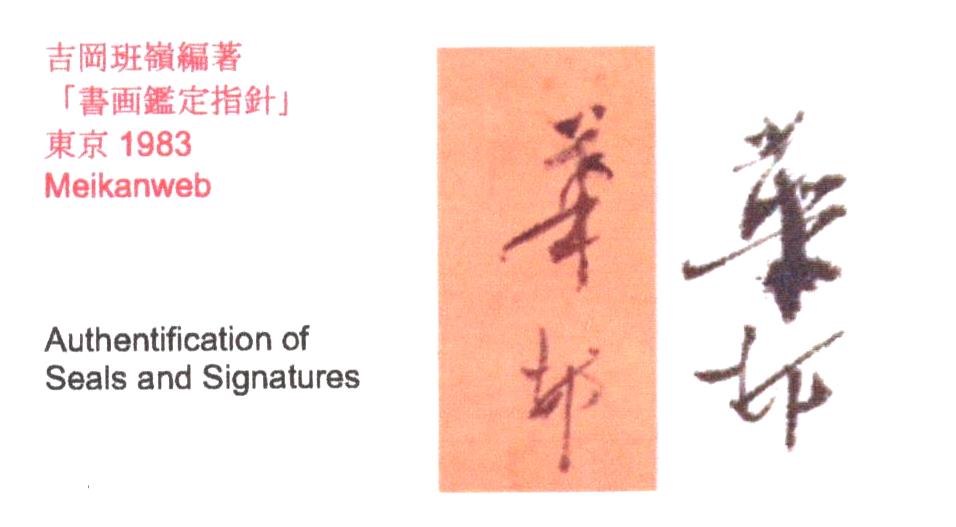Guignard Kyoto Collection
monkey | Suzuki Kason 鈴木華邨 | 1860-1919
monkey | Suzuki Kason 鈴木華邨 | 1860-1919
Couldn't load pickup availability
Monkeys are more important in Asia than in Europe, perhaps simply because they are encountered in the forests in many countries; they are a reality, just as rabbits and deer are for Europeans. But they deserve special respect, of course, because of their similarity to humans. In Japan there are temples that officially include monkeys in their temple chronicles and worship them with wooden sculptures on altars and as decorations on roofs, etc.
The monkey's resemblance to humans also led to the tradition of monkey training: the animal was put in a vest, put on a leash and allowed to play the kind of pranks that would bring in some money on a street corner. The subject of such trained monkeys is popular in painting, but in many cases, what is felt above all is the painter's compassion for the fate of such a circus monkey. It can go so far that one is inclined to assume that the artist identifies with the monkey. He himself feels like he is being led by society and has to do pirouettes for a few coins. In this picture, the humanization of the monkey is almost touching. Although he seems to be smiling a little, he is clutching his back where the rope that is holding him captive is attached. He is thus expressing the awareness of not being free, a sadness that can be read in his sensitively portrayed eyes.














